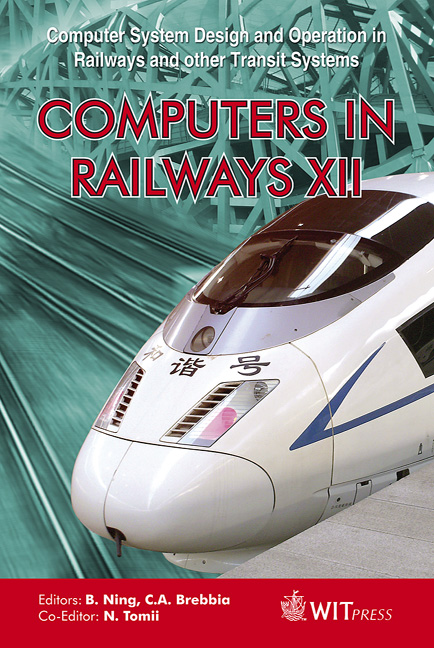The Analysis Of Train Reliability For The Taiwan High Speed Rail
Price
Free (open access)
Transaction
Volume
114
Pages
12
Page Range
169 - 180
Published
2010
Size
561 kb
Paper DOI
10.2495/CR100171
Copyright
WIT Press
Author(s)
J.-C. Jong, T.-H. Lin, C.-K. Lee & H.-L. Hu
Abstract
This study briefly reviews the development of the Taiwan High Speed Rail and analyzes its service reliability in terms of punctuality and average delay per train. The concept of risk management is also introduced in this paper to analyze the frequency and the severity of train delays caused by different kinds of accidents. According to the result of the analysis, signal and interlocking failures are the main reasons leading to train delays. Earthquakes and typhoons are also major threats to the system, even though the system tends toward stable. Based on the experiences of the Taiwan High Speed Rail, shortening the maintenance cycle can efficiently alleviate the problem of train delay caused by signal failures. Keywords: High Speed Rail, train delay, risk management. 1 Introduction On 1 October 1964, the world’s first high-speed train commenced service on the Tokaido Shinkansen line between Tokyo and Osaka at a speed of 210 km/h. This date marks the start of the era of High Speed Rail (HSR). Despite the success of Shinkansen, the spread of HSR around the world was relatively slow. Seventeen years later, France launched a HSR service with a maximum speed of 270 km/h between Paris and Lyon in 1981. Another seven years later, the world’s third HSR was introduced in Italy. Afterwards, German and Spain also joined the club of HSR in 1991 and 1992, respectively [4].
Keywords
High Speed Rail, train delay, risk management





